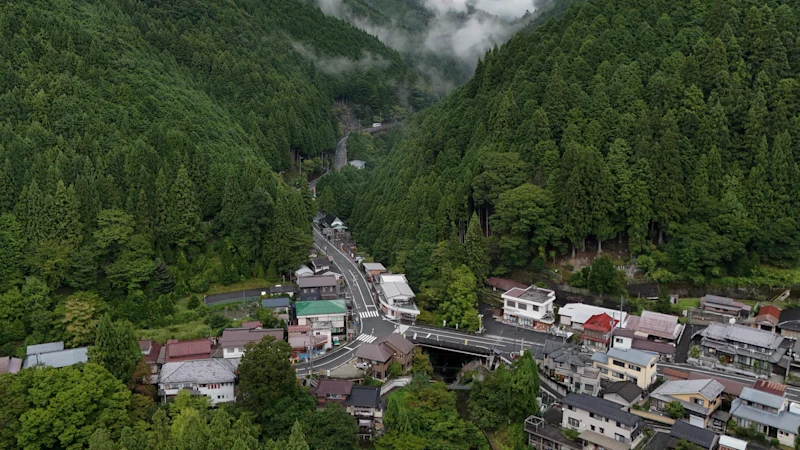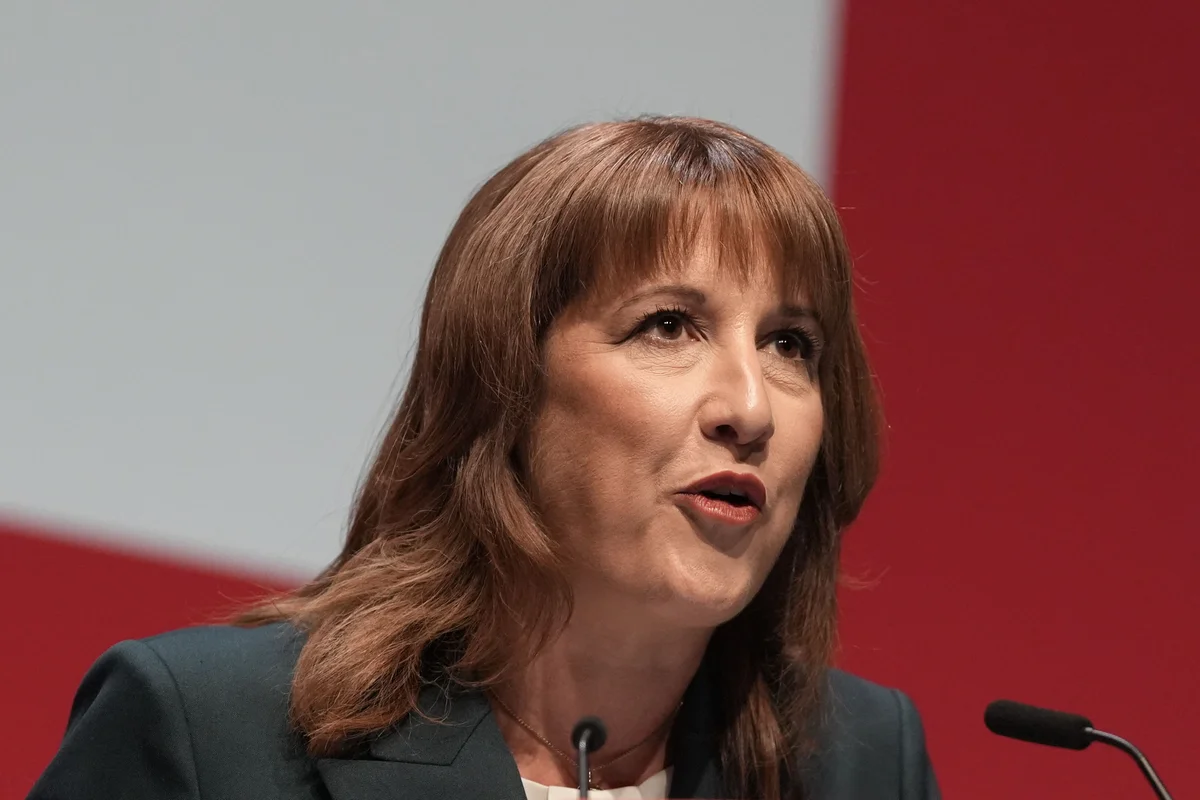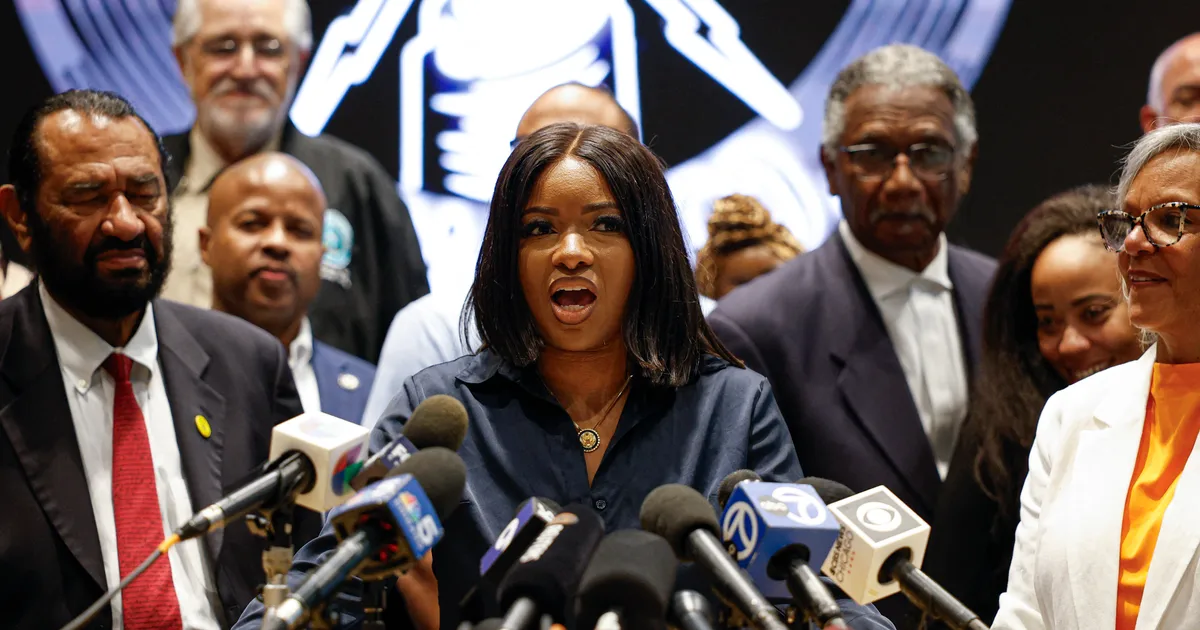Copyright smh

In conversations with others, in a journal entry and in a social media post, Mangione wrote and spoke of his interest in Kaczynski, who believed that modern-day technology was harmful for individual freedom, as well as the natural environment, and had led to widespread human suffering. He once noted that Kaczynski was “rightfully imprisoned” for his violent acts but that it was impossible to ignore “how prescient many of his predictions about modern society turned out”. By July, Mangione had returned from his backpacking trip and was in the United States, temporarily settled in San Francisco. It is not clear whether he took a job there, but he got a fake ID with an issue date of June 18. He had stopped posting on his known X and Reddit accounts. His last posts, in May and early June, not long after he was on Mount Omine, were about the negative impact of social media. He also stopped responding to messages from some family and friends, and his mother filed a missing-person report with the police in San Francisco in November. ‘I finally feel confident’ In his writings from those months, he was ruminating over how to fight what he saw as injustice. He wrote in his journal that he was sleeping poorly and feeling “foggy.” And yet, he appeared to be zeroing in on something. “I finally feel confident about what I will do,” he wrote in an entry in August. “The details are finally coming together. And I don’t feel any doubt about whether it’s right/justified. I’m glad – in a way – that I’ve procrastinated, bc it allowed me to learn more about UHC.” “The target is insurance,” he wrote. “It checks every box.” In the next journal entry filed in court by the prosecution, on October 22, Mangione invoked Kaczynski. The problem with most revolutionary acts was that the message was lost on the general public, he wrote. Because Kaczynski had killed innocent people, he was seen by many people as a serial killer, and his ideas were dismissed. “He crosses the line from revolutionary anarchist to terrorist – the worst thing a person can be,” Mangione wrote. “This is the problem with most militants that rebel against – often real – injustices; they commit an atrocity, either whose horror outweighs the impact of their message, or whose distance from their message prevents normies from connecting the dots. Consequently, the revolutionary idea becomes associated with extremism, incoherence, or evil – an idea that no reasonable member of society could approve of.” In his journal, Mangione wrote about the event that was bringing Thompson to New York: a conference for UnitedHealthcare investors on December 4 at a Hilton Hotel on West 54th Street. “This investor conference is a true windfall,” he wrote in the October entry. “It embodies everything wrong with our health system, and – most importantly – the message becomes self-evident.” Prosecutors have said that Mangione “meticulously” planned the shooting; he tracked Thompson’s movements and staked out the hotel in the days before the killing. On December 4, he arrived outside the hotel – masked – and waited until Thompson walked by, they said. As Thompson walked toward the hotel’s entrance, a man in a hoodie emerged from between parked cars, levelled a handgun affixed with a silencer and fired. Thompson was left bleeding on the sidewalk, a trail of shell casings next to him. The words “delay” and “depose” were written on some of the casings, as well as “den,” which prosecutors took to mean “deny.” Five days after the shooting, Mangione’s months-long journey came to an abrupt end at the McDonald’s in Altoona, Pennsylvania. This article originally appeared in The New York Times. Get a note directly from our foreign correspondents on what’s making headlines around the world. Sign up for our weekly What in the World newsletter.



